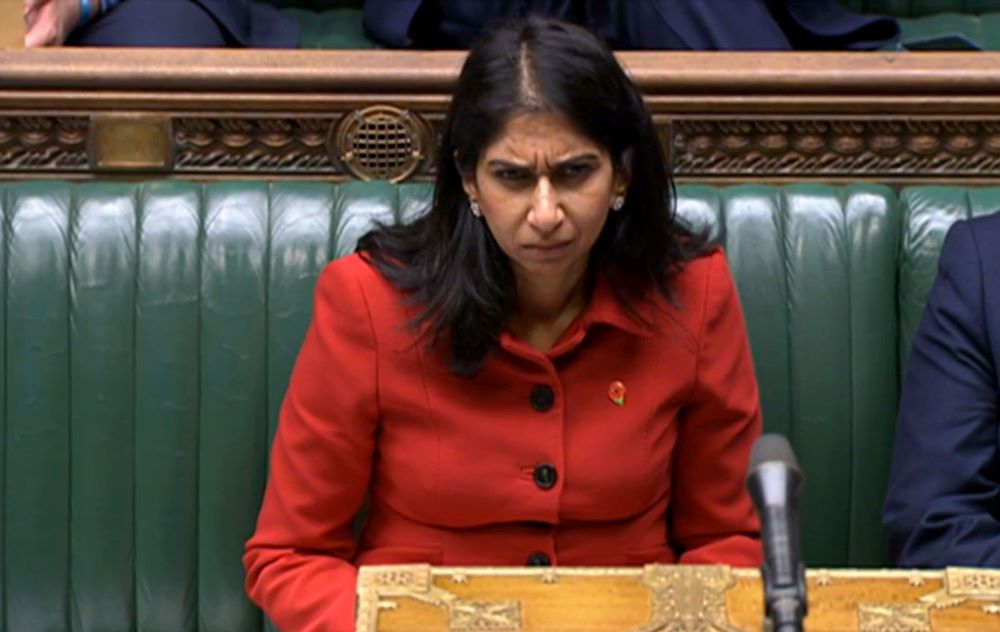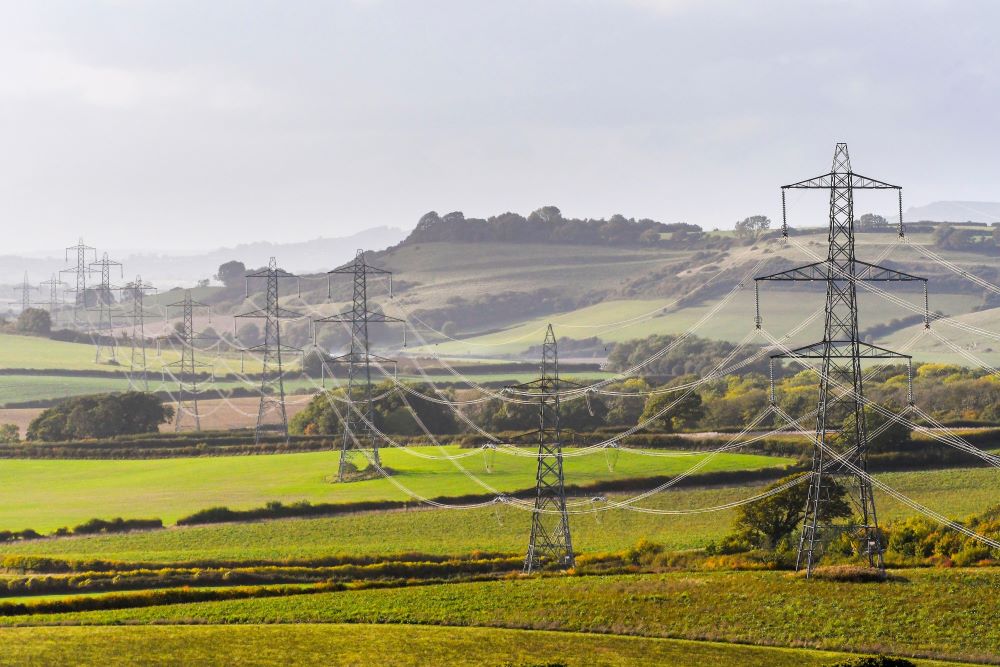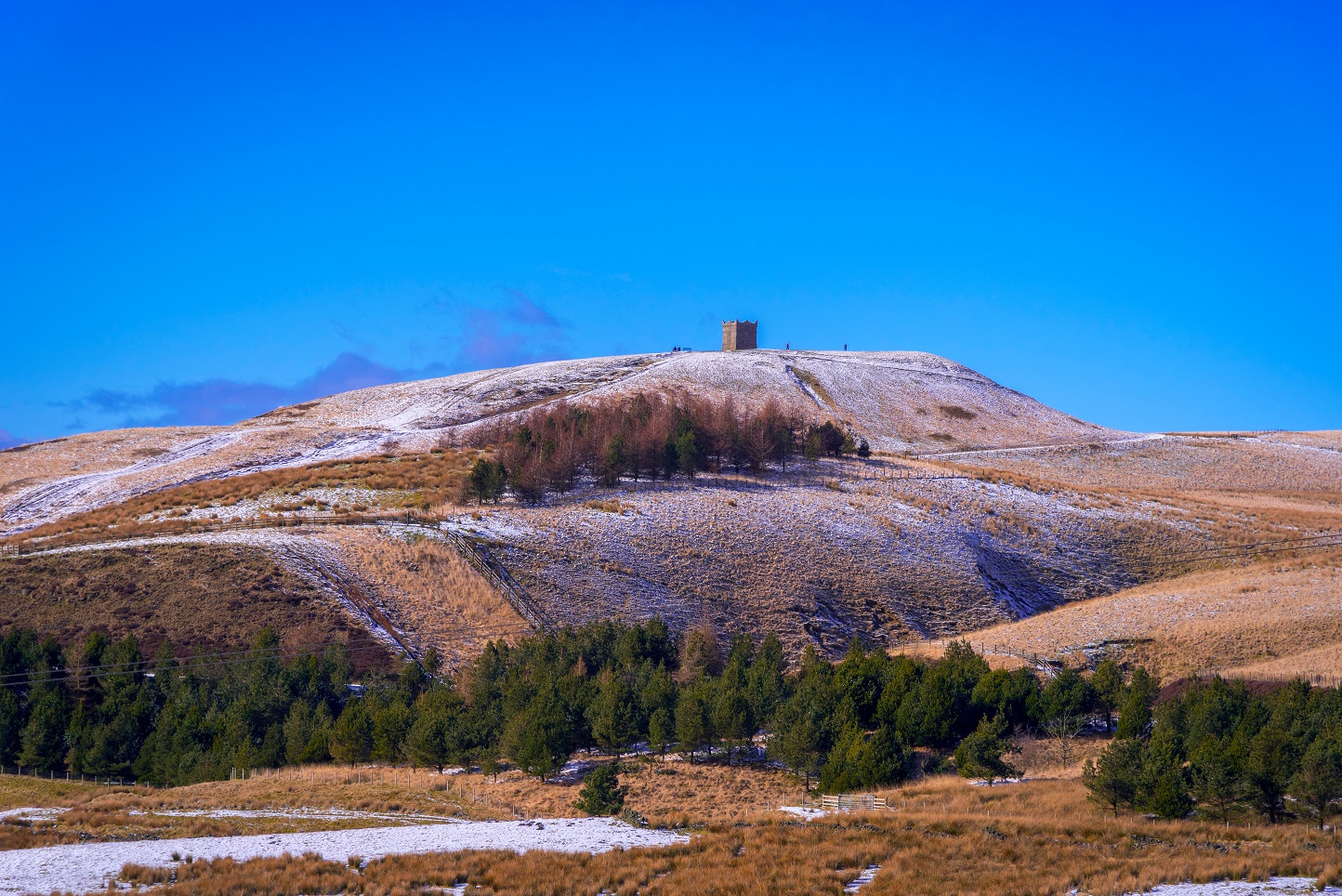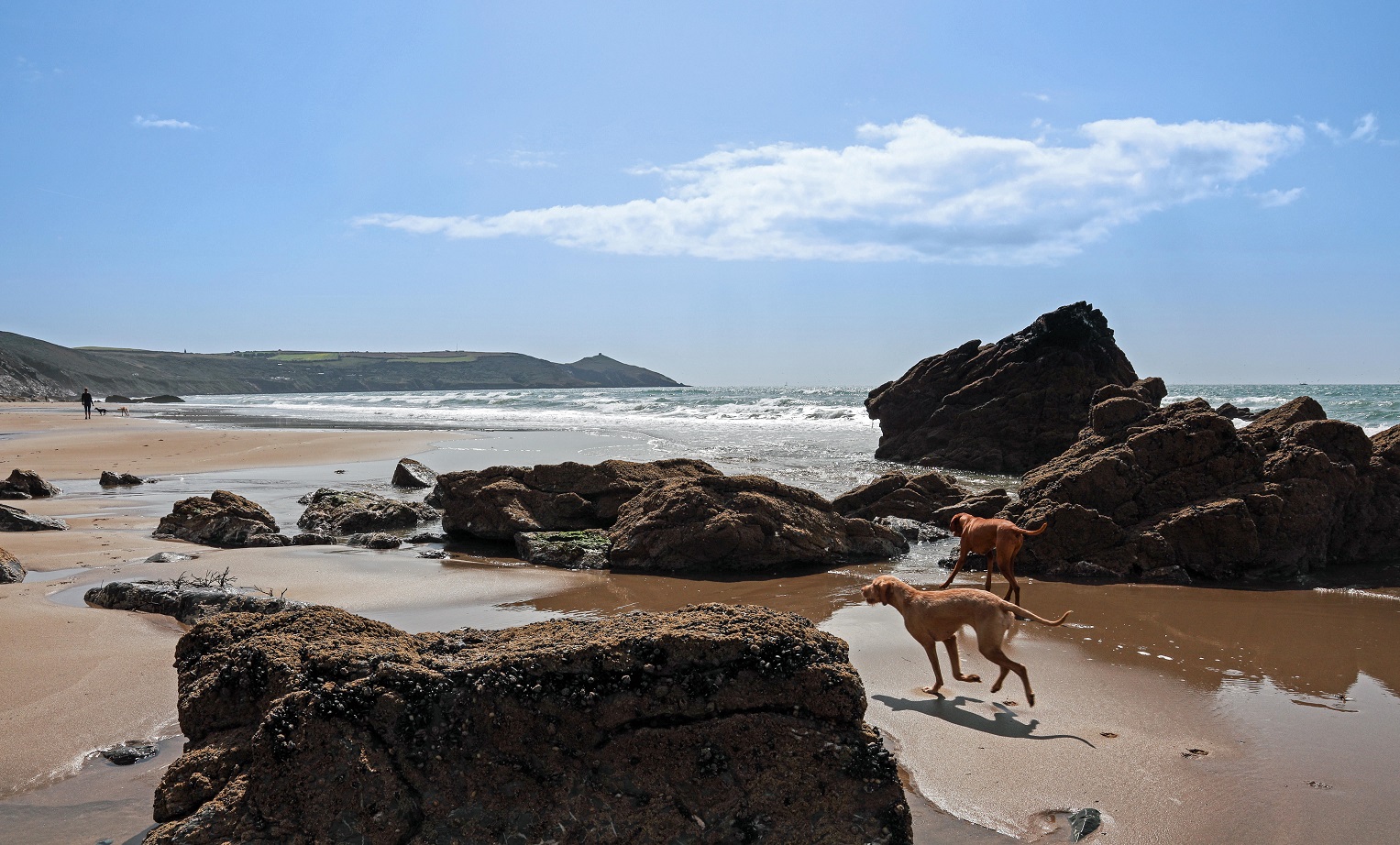Redrawing The Map: All The Big Problems With Ripping Up Parliamentary Constituencies
8 min read
The boundaries of the UK’s 650 parliamentary constituencies are up for review, but redrawing the map to please everyone is no easy task.
What is the Boundary Review?
The independent Boundary Commission periodically reviews the layout of parliamentary constituencies to make sure they represent changes in population. There is one Commission for each of the four nations of the United Kingdom, which operate separately from each other.
The review operates within criteria set out in Parliament, and is usually held every eight to 12 years. Boundaries last saw a significant overhaul at the 2010 general election, following a review which took place between 2000 and 2007. The process saw the total number of seats rise from 646 to 650, and created 10 new seats while abolishing eight.
Under criteria set out by 2020 Parliamentary Constituencies Act, the British electorate must be equally divided between 650 parliamentary constituencies. Each seat is required to have a population of between 69,724 and 77,062, and as close to possible the quota of 73,393.
Local council wards are used as the building blocks for parliamentary constituencies, but there are some instances where existing wards have to be split to account for local factors.
Though constituencies can straddle multiple local council authorities, the Commission aims to avoid “orphan” wards, where a single ward from a local authority is isolated in a constituency.
There are a few exceptions to these rules, however. In Scotland, the seats of Orkney and Shetland and Na h-Eileanan an Iar are protected, as is the Welsh seat of Ynys Môn. The Isle of Wight also has now been allocated two seats, which are exempt from the population quota.
Do the boundary changes consider local politics?
 Home Secretary Suella Braverman is set to see her Fareham seat split in two.
Home Secretary Suella Braverman is set to see her Fareham seat split in two.
When building the boundaries within these criteria, the review considers factors such as existing layout, local ties, local government boundaries and local geography. The Commissions are all politically independent, and do not consider existing voting patterns in their decision making.
Much has been made, however, of the political implications of the most recent revised changes. According to Tory peer and election expert Lord Hayward, the current plans could see the Conservatives gain between five to 10 seats due to extra constituencies being created in Conservative heartlands in the south east.
But while the Conservatives are set to benefit overall, many MPs don’t come out well under the current plans. Home Secretary Suella Braverman's Fareham seat is being split in two, while Defence Secretary Ben Wallace’s Wyre and Preston North seat is due to be abolished and split into three surrounding Lancashire constituencies.
Former government minister Gavin Williamson faces a similar fate, with much of his existing South Staffordshire seat due to merge with part of Dudley South, held by party colleague Mike Wood.
 Keir Starmer is set to be moved out of his own constituency under proposed changes (Alamy)
Keir Starmer is set to be moved out of his own constituency under proposed changes (Alamy)
Deputy Prime Minister Dominic Raab will also have a much tougher time keeping his Esher and Walton seat, which he narrowly held in 2019 following strong opposition from the Liberal Democrats. The new boundaries will likely make the seat even more marginal.
Among opposition parties, shadow chancellor Rachel Reeves will see her seat split three ways, while Liberal Democrat Leader Sir Ed Davey will face a sterner test after his Kingston and Surbiton seat is redrawn to bring in less favourable wards.
Labour leader Keir Starmer is also set to be moved out of his own seat. The redrawn boundaries of Holborn and St Pancras will put his home in the renamed Hampstead and Highgate constituency, which covers much of existing Hampstead and Kilburn held by Labour’s Tulip Siddiq.
What are the challenges in redrawing the map?
 (Alamy)
(Alamy)
Redrawing the parliamentary map is no easy feat, and the process goes through multiple consultation stages to ensure all concerned parties are heard. The current review process started in 2021 and has already completed two consultation stages. The present and final consultation stage closes on 5 December 2022.
Anyone is welcome to submit their views on proposed changes to the map, from MPs to members of the public. All these submissions, whether written or at public hearings, are published at each stage of the review, and provide some interesting insights into how changes are going down locally.
One of the biggest challenges for Boundary Commissions is respecting local links, both historical and geographical, when drawing lines.
In the North West, for example, initial proposals saw the seat of Chorley, the seat of Speaker Sir Lindsay Hoyle, being split down the middle with half remaining in Chorley and half joining the new proposed seat of West Pennine Moors. This, however, did not go down well with locals.
 Many locals expressed anger at changes to the constituency of Chorley (Alamy)
Many locals expressed anger at changes to the constituency of Chorley (Alamy)
“I’m not entirely sure who I should be addressing this to... whichever twit that’s never set foot in our area before, please hold your hand up,” one anonymous submission read.
"I have to wonder why you think adding Adlington to Haslingden was a good idea? Adding us to Darwen is a daft enough idea. I’ve not set foot in Darwen in years.
“Just because something looks like it makes sense on a map and appears sensible as the crow flies truly does not mean it makes sense in the real world. I urge you to reconsider this idiotic idea before you move forward.”
Several other commentators also shared this view, and it appears their voices were heard. Plans for the West Pennine Moors seat have been scrapped, and the seat of Chorley is much closer to its original outline.
Similar problems were faced in Yorkshire and the Humber, where the town of Thorne is set to move from Don Valley to the new seat of Doncaster East and Axholme. The outline of this seat remains largely unchanged in the most recent revised proposals.
Just because something looks like it makes sense on a map... does not mean it makes sense in the real world.
The current boundary of Don Valley sits entirely inside Doncaster Council, but the new boundary is divided between the existing council and North Lincolnshire Council.
“I think it [is] wrong that the constituency should be moved to spread between two council areas creating a potential divide in any potential MPs interest,” one local wrote.
“The two areas that are being lumped together are miles apart and feel like [an afterthought], their residents share very different geographic, socioeconomic views.”
Another said: “Thorne is a relatively small village on the edge of Doncaster Borough, but we have a strong mining and social heritage which links us with communities like Stainforth in Doncaster North.
“I’ve always considered myself a resident of Doncaster which is in Yorkshire. The majority of Axholme is in the Scunthorpe area which is Lincolnshire. There is nothing that ties us in Doncaster East (Yorkshire) to Lincolnshire at all.”
How do you pick the name for a constituency?
 One local called for their constituency to be renamed after Whitsand Bay (Alamy)
One local called for their constituency to be renamed after Whitsand Bay (Alamy)
Many commentators have noted that constituency names are getting longer, and there is some truth in that. A 2021 article for Political Quarterly by Philip Cowley and Matthew Bailey found that constituency names are “now less likely to consist of single words and are more likely to be compounds of multiple places”.
There are many examples of ever-longer compound names, such as the snappy “Luton South and South Bedfordshire” and “St Neots and Mid Cambridgeshire”.
The Commissions are required to think up names that “reflect the main population centre(s) contained in the constituency”, but there is often division over what this actually is.
I suspect most constituencies contain parts of three rivers.
One constituent in South East Cornwall, which is remaining largely unchanged under the most recent proposals, called for a more imaginative name.
“Can the commissioners change the name of our constituency to something a bit more imaginative, e.g. Liskeard or, better still, Whitsand Bay,” they asked.
In Hertfordshire, another took issue with the proposal to name a new constituency comprising part of existing South West Hertfordshire as Three Rivers, musing that they “suspect most constituencies contain parts of three rivers”. The redrawn constituency has retained its original name under the most recent plans.
